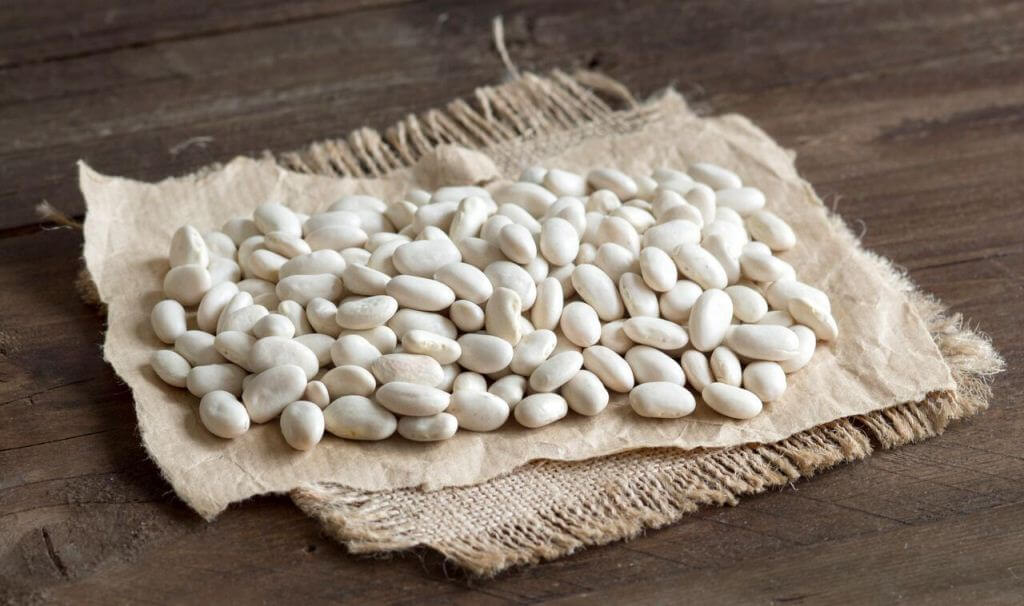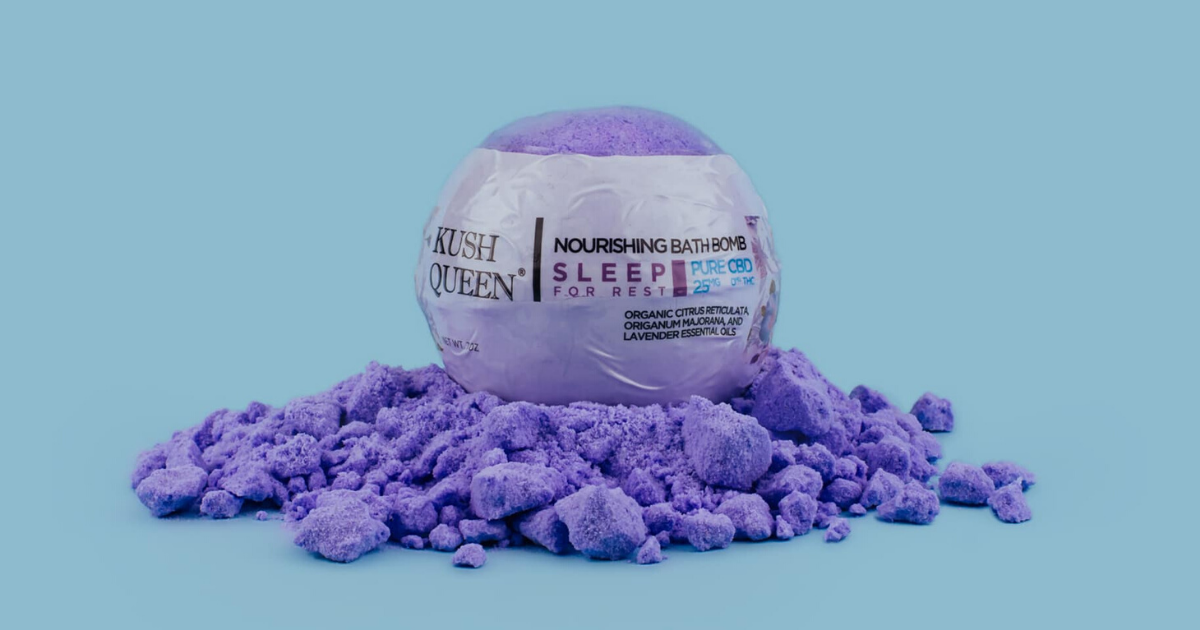4 Watermelon Rind Benefits
Certainly! Here’s a comprehensive guide on 4 watermelon rind benefits:
Watermelon is a refreshing and hydrating fruit that is popular during the summer months. While many of us enjoy the juicy red flesh of the watermelon, we often discard the rind without realizing its potential health benefits. The truth is, watermelon rind is not only edible but also packed with nutrients that can support our health in various ways. In this comprehensive guide, we will explore four watermelon rind benefits, including their nutritional value, potential health effects, and how to incorporate them into your diet.
1. Nutritional Value:
Watermelon rind is a rich source of nutrients, including vitamins A, C, and B6, as well as minerals like potassium and magnesium. It also contains citrulline, an amino acid that is converted into arginine in the body. Arginine plays a role in blood vessel dilation, immune function, and wound healing. Additionally, watermelon rind is low in calories and high in fiber, making it a nutritious addition to your diet.
2. Hydration:
Just like the juicy flesh of watermelon, the rind also has a high water content. This means that consuming watermelon rind can contribute to your overall hydration. Staying hydrated is essential for maintaining proper bodily functions, regulating body temperature, and supporting healthy skin. Incorporating watermelon rind into your diet can be an excellent way to increase your water intake, especially during hot summer months or after physical activity.
3. Digestive Health:
Watermelon rind is a good source of dietary fiber, which is essential for promoting healthy digestion. Fiber adds bulk to your stool, helping to prevent constipation and promote regular bowel movements. Additionally, the fiber in watermelon rind acts as a prebiotic, providing nourishment for the beneficial bacteria in your gut. A healthy gut microbiome is important for overall digestive health and can support a strong immune system.
4. Antioxidant Properties:
Watermelon rind contains a variety of antioxidants, including lycopene and cucurbitacin E. Lycopene is a powerful antioxidant that gives watermelon its red color and has been associated with numerous health benefits, including heart health and cancer prevention. Cucurbitacin E is a compound with anti-inflammatory properties that may have potential anticancer effects. By including watermelon rind in your diet, you can benefit from these antioxidants and their protective effects.
Incorporating Watermelon Rind Into Your Diet:
Now that you’re aware of the potential benefits of watermelon rind, you may be wondering how to incorporate it into your diet. Here are a few ideas:
Pickled Watermelon Rind: You can pickle watermelon rind to create a tangy and flavorful condiment that can be enjoyed on its own or added to salads or sandwiches.
Smoothies and Juices: Blend watermelon rind into your favorite smoothie or juice recipes. While the taste may be slightly different from the flesh of the watermelon, it can add an interesting twist to your beverages.
Stir-Fries and Sauteed Dishes: Cut watermelon rind into small, thin pieces and sauté them with other vegetables for a delicious and nutritious side dish.
Chutneys and Salsas: Incorporate watermelon rind into chutneys or salsas for a unique flavor and texture.
Soups and Stews: Add watermelon rind to soups or stews to enhance the nutritional content and add a subtle sweetness.
It’s important to note that you should wash the watermelon rind thoroughly before using it, and it’s best to remove the outer green skin and focus on the white flesh of the rind for consumption.
Conclusion:
Watermelon rind is a highly nutritious part of the fruit that is often overlooked. By incorporating watermelon rind into your diet, you can benefit from its nutritional value, hydration properties, digestive health support, and antioxidant benefits. Experiment with different ways of using watermelon rind in your recipes to discover new flavors and textures. So, the next time you enjoy a juicy watermelon, don’t forget about the potential benefits of its rind and consider adding it to your meals for a healthy and refreshing twist.










